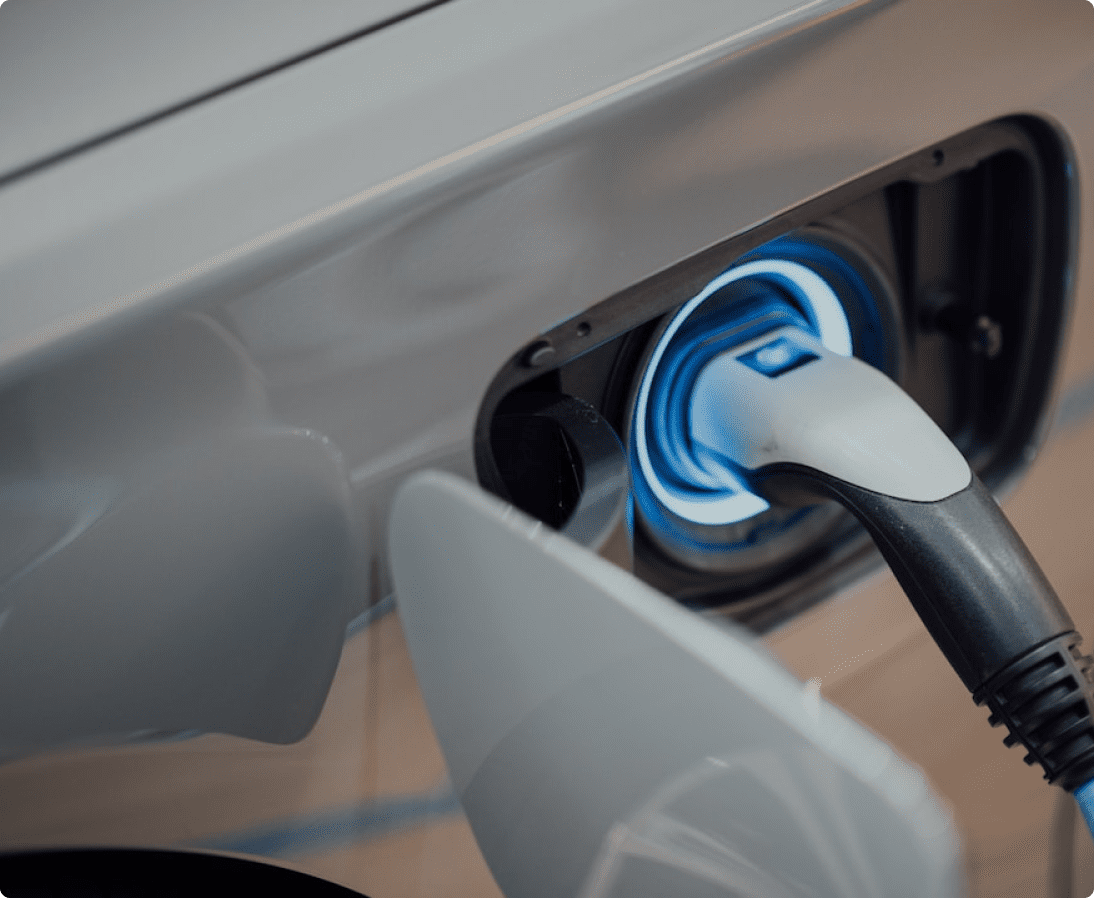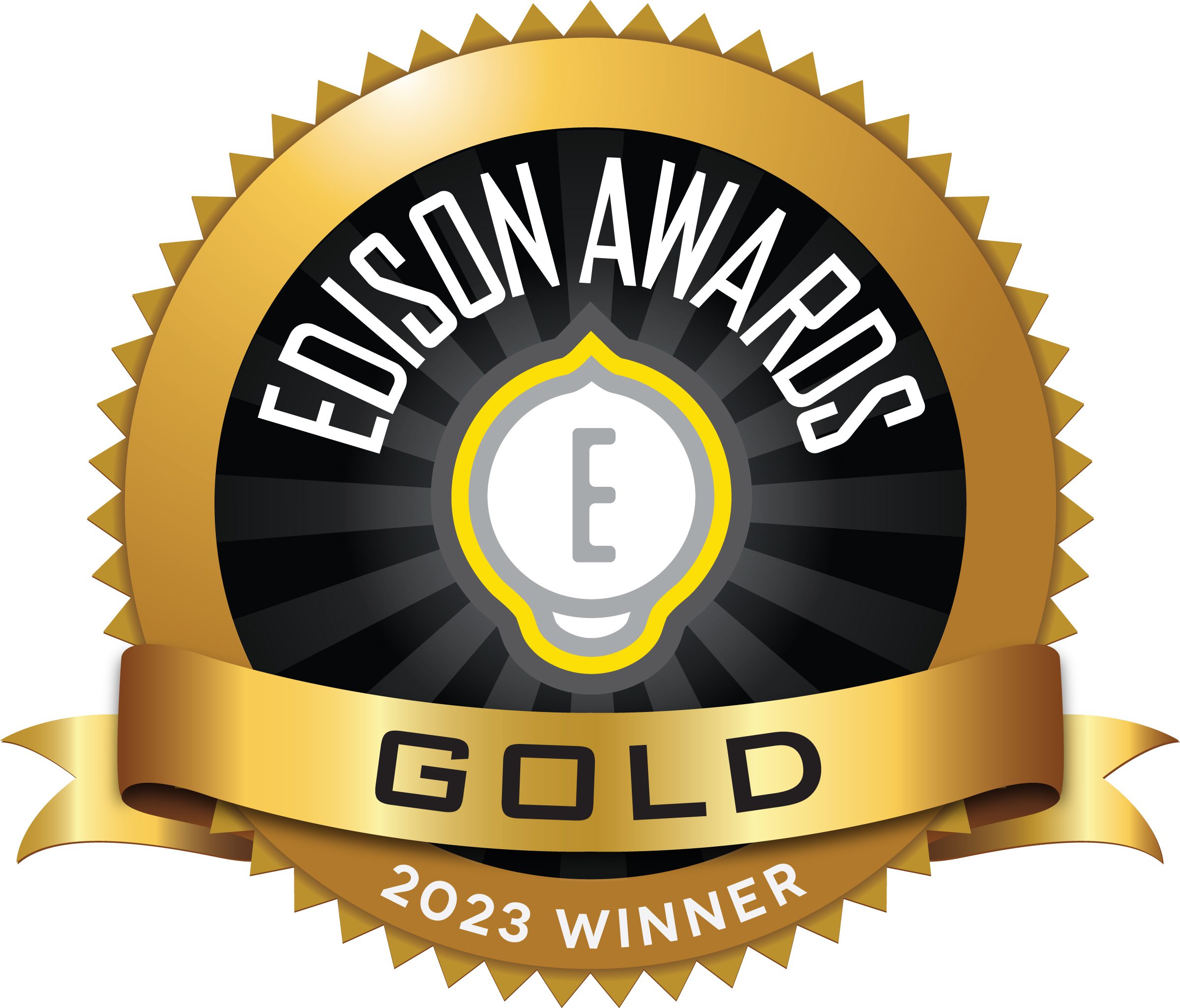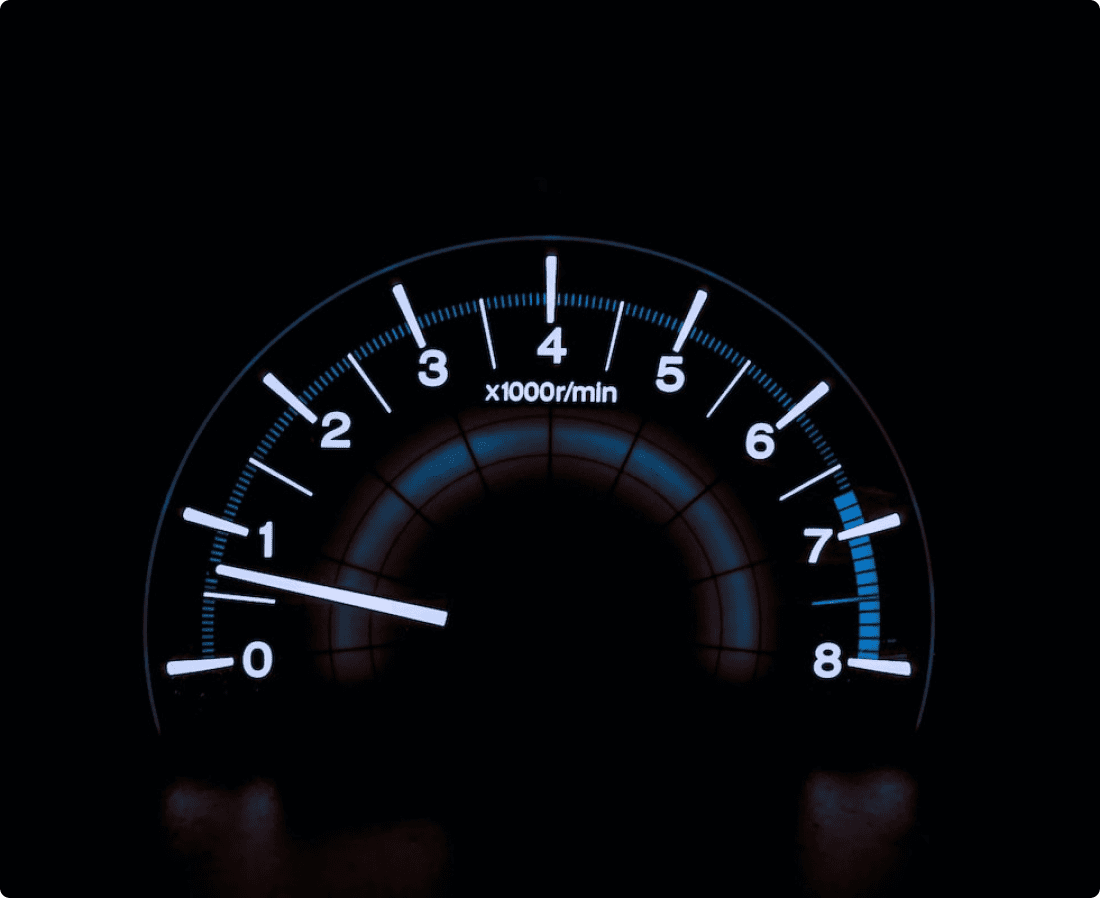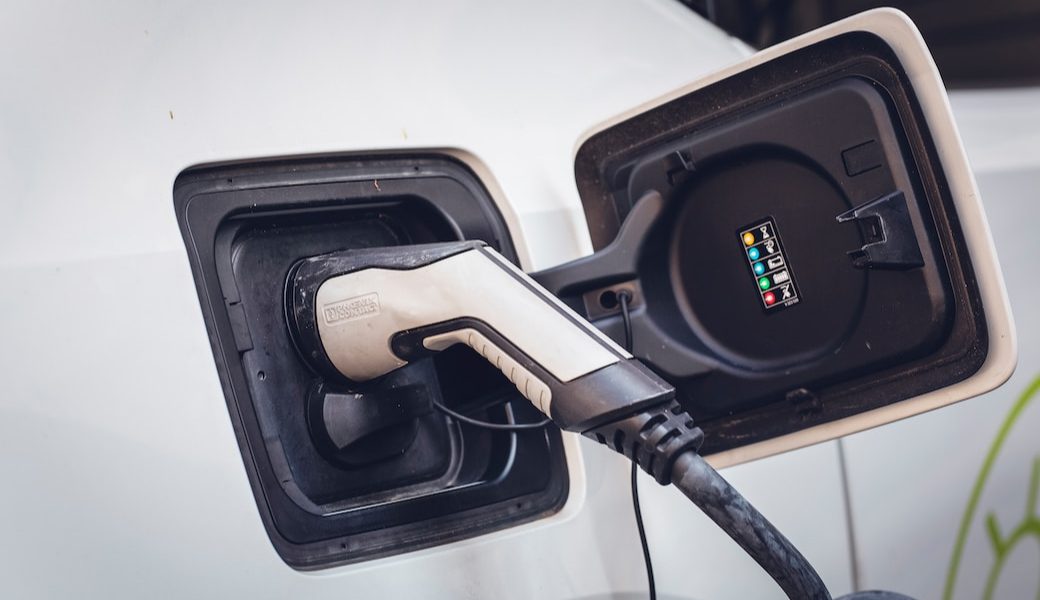Our Advantage
DESTEN's advantage is comprised of three key factors
1.Whole Cell Innovation
2. Material R&D
3. Production Process Innovation
Encompassing a number of unique production process techniques, from in-house material refinement to advanced material deposition. DESTEN tailors materials to exacting specifications and ensures highly accurate material distribution across electrodes to maintain consistent high performance.
Our Portfolio
Our portfolio of cell technologies comprises NMC and LFP cathode materials and Carbon-based anodes, imbued with our unique nanomaterials to achieve higher charge rates, energy density and cycle lifetimes accompanied by incredible chemical and temperature stability.
NMC – 19AH
ULTRA-FAST CHARGING POUCH CELL
LFP – 22Ah
Ultra-Fast Charging Pouch Cell
NMC – 20AH
ULTRA-FAST CHARGING & DISCHARGING POUCH CELL
NMC – 32AH
ULTRA-FAST CHARGING POUCH CELL
NMC – 5AH
ULTRA-FAST DISCHARGE POUCH CELL
NMC – 35AH
ALL ROUND PERFORMANCE POUCH CELL
High Charge + Discharge Rates
3 Minutes 40 Seconds charging enabled (20-80% SOC) with up to 10C continuous charging and 2C continuous discharging
High Density
Market leading Energy Density of 155Wh/kg, enabling broad application from BEV to BESS
High Thermal Stability
Temperature Delta within 15 degrees Centigrade during 10C charging
Long Lifecycles
Over 3000 charging cycles to 80% SOH (State of Health)
Highest Coulombic Efficiency
Over 99.5% efficiency rate means functionally no loss in energy input vs. output
Safety + Reliability
Third party stress testing from Thermal Abuse to Crushing without adverse effects
Broad Temperature Performance
High performance across a broad temperature range, from -20 to 45 degrees
High Charge + Discharge Rates
6 Minute charging enabled (20-80% SOC) with up to 6C continuous charging and 6C continuous discharging
High Density
Outstanding Energy Density of 160Wh/kg
High Thermal Stability
Temperature Delta within 15 degrees centigrade during 6C charging
Long Lifecycles
Over 3000 charging cycles to 80% SOH (State of Health)
Highest Coulombic Efficiency
Over 99.5% efficiency rate means functionally no loss in energy input vs. output
Safety + Reliability
Third party stress testing from Thermal Abuse to Crushing without adverse effects
Broad Temperature Performance
High performance across a broad temperature range, from -20 – 45 degrees
High Charge + Discharge Rates
3 Minutes 40 Seconds charging enabled (20-80% SOC) with up to 10C continuous charging and 20C continuous discharging
High Density
Market leading Energy Density of 149Wh/kg, enabling broad application from BEV to BESS
High Thermal Stability
Temperature Delta within 15 degrees Centigrade during 10C charging
Long Lifecycles
Over 3000 charging cycles to 80% SOH (State of Health)
Highest Coulombic Efficiency
Over 99.5% efficiency rate means functionally no loss in energy input vs. output
Safety + Reliability
Third party stress testing from Thermal Abuse to Crushing without adverse effects
Broad Temperature Performance
High performance across a broad temperature range, from -20 to 45 degrees
High Charge + Discharge Rates
6 Minute charging enabled (20-80% SOC) with up to 6C continuous charging and 6C continuous discharging
High Density
Market leading Energy Density of 232Wh/kg
High Thermal Stability
Temperature Delta within 25 degrees Centigrade during 6C charging
Long Lifecycles
Over 2500 charging cycles to 80% SOH (State of Health)
Highest Coulombic Efficiency
Over 99.5% efficiency rate means functionally no loss in energy input vs. output
Safety + Reliability
Third party stress testing from Thermal Abuse to Crushing without adverse effects
Broad Temperature Performance
High performance across a broad temperature range, from -20 to 45 degrees
High Discharge Rates
32 Minute charging enabled (20-80% SOC) with up to 6C continuous discharging
High Density
Market leading Energy Density of 264Wh/kg
High Thermal Stability
Temperature delta within 25 degrees centigrade during 1C charging
Long Lifecycles
Over 1000 charging cycles to 80% SOH (State of Health)
Highest Coulombic Efficiency
Over 99.5% efficiency rate means functionally no loss in energy input vs. output
Safety + Reliability
Third party stress testing from Thermal Abuse to Crushing without adverse effects
Broad Temperature Performance
High performance across a broad temperature range, from -20 to 45 degrees
Intermediate Charge + Discharge Rates
36 Minute charging enabled (20-80% SOC) with up to 3C continuous discharging
High Density
Market leading Energy Density of 244Wh/kg
High Thermal Stability
Temperature delta within 25 degrees centigrade during 1C charging
Long Lifecycles
Over 3000 charging cycles to 80% SOH (State of Health)
Highest Coulombic Efficiency
Over 99.5% efficiency rate means functionally no loss in energy input vs. output
Safety + Reliability
Third party stress testing from Thermal Abuse to Crushing without adverse effects
Broad Temperature Performance
High performance across a broad temperature range, from -20 to 35 degrees
How We Measure Up
DESTEN’s cell technologies retain outsized advantages over peer technologies. Lithium-ion cells experience certain tradeoffs across C-rates, Lifecycles and energy densities; DESTEN is able to substantively ameliorate these trade-offs.
Our battery technology breakthroughs have been tested and validated by leading third parties.
Testing +
Certifications
LFP – 22Ah Ultra-Fast Charging Pouch Cell

Toby have conducted safety testing for the 22Ah cell, from Thermal Abuse to Crushing - Available for testing internationally
Contact us for more infoNMC - 20Ah Ultra-Fast Charging & Discharging Cell

Toby have conducted safety testing for the 19Ah cell, from Thermal Abuse to Crushing - Available for international testing
Contact us for more infoNMC – 32Ah Ultra-Fast Charging Pouch Cell

Toby have conducted safety testing for the 19Ah cell, from Thermal Abuse to Crushing - Available for international testing
Contact us for more infoNMC – 19Ah Ultra-Fast Charging Pouch Cell

Awarded Gold at the EDISON AWARDS™ 2023 - EV Battery Enhancement
NMC – 19Ah Ultra-Fast Charging Pouch Cell

Toby have conducted safety testing for the 19Ah cell, from Thermal Abuse to Crushing - Available for international testing
Contact us for more infoNMC – 19Ah Ultra-Fast Charging Pouch Cell

Esslingen University of Applied Sciences have conducted charging and temperature performance testing for the 19Ah cell across charging and discharging
Contact us for more infoNMC – 19Ah Ultra-Fast Charging Pouch Cell

Hofer Powertrain have conducted charging and temperature performance testing for the 19Ah cell across a range of charging and discharging conditions
Contact us for more infoNMC – 19Ah Ultra-Fast Charging Pouch Cell

TUV SÜD have conducted charging and temperature performance testing for both 19Ah cells and a 18.5kWh prototype pack utilising the 19Ah cell platform
Contact us for more infoFrequently Asked Questions
First commercialised in the 90’s in consumer electronics, the Lithium-Ion battery is a type of battery technology which utilises lithium as the core charge carrier for the battery. Lithium-ions are hosted in both the Cathode and Anode, depending upon if the battery is charged (Anode) or discharged (Cathode). Discharging a battery means that the lithium-ions move from the Anode, through a liquid medium known as the Electrolyte, across a Separator, which keeps the Anode and Cathode separated, across to the Cathode. During this process, the electrons (which cannot travel across the cell) are directed across the circuit.
Typically, anodes used today are primarily Carbon based, as are those used by DESTEN; with the cathode consisting of a Lithium Metal Oxide, which holds a special structure which allows the lithium ions to move in and out of the structure freely. DESTEN utilises a number of special nano-materials to enable lithium ions to move in and out of these structures quickly and efficiently, enabling long lifecycles, low heat build up, and very strong safety profiles.
Ultra-Fast Charging stands to change the way we drive, generate energy, manage our grids and even how we use personal electronics devices.
By cutting charging times to the single digit minute timescales, we make electric vehicles more acceptable for drivers and remove critical barriers like ‘Range Anxiety’ by making the addition of driving range a time efficient endeavour. For our energy systems, we enable a greater proportion of renewables to be added to the grid, as fast charging and discharging grid-scale battery capacity can ensure that grid infrastructures maintain a balance of demand and supply at all times; further, with growing energy needs and the growth of electric vehicles, battery storage helps to protect the grid from surging demand. Further, there are many novel applications which are enabled by fast charging and discharging like VTOL (Vertical Take off and Landing) Vehicles which require substantial power for take-off.
DESTEN’s energy dense, long lasting, high power technologies provide a great degree of value for grid systems, enabling more power to be deployed more quickly, where its needed and when its needed; this is true on the other side, where grids need to allocate power as quickly as possible, DESTEN cells are able to accept this power quicker than others.
As we move towards a greater proportion of variable renewable energy generation in our grid systems, the need for rapid acceptance and provision of power becomes more important; this is compounded by our growing power needs as we switch away from polluting fossil fuel driven transportation, this flexibility and security of supply will become more critical still.




